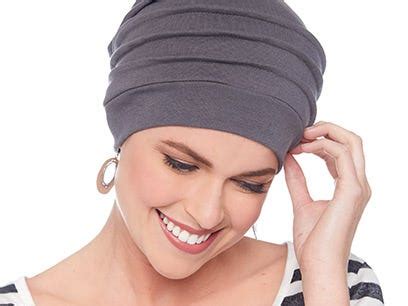Head Covers for Cancer Patients: 50+ Styles to Comfort and Inspire

A head cover is a garment worn over the head to protect or conceal hair loss, which is a common side effect of cancer treatment. Head covers can range from simple scarves and hats to elaborate wigs and turbans.
- Protect scalp: Cancer treatment can weaken the skin on the scalp, making it more susceptible to damage from the sun, cold, and other elements.
- Conceal hair loss: Hair loss can be a highly visible and emotionally distressing side effect of cancer treatment. Head covers provide a way to maintain a sense of normalcy and privacy.
- Manage temperature: Head covers can help regulate body temperature, especially during cold weather or after treatment.
- Boost confidence: Wearing a stylish head cover can boost a cancer patient’s self-esteem and confidence.
There are countless types of head covers available for cancer patients, including:
| Type | Description |
|---|---|
| Scarves | Versatile and easy-to-wear, available in various fabrics and designs |
| Hats | Provide warmth and comfort, come in different styles and materials |
| Beanies | Soft and comfortable, perfect for cold weather or casual wear |
| Turbans | Elegant and sophisticated, can add a touch of glamour |
| Wigs | Look and feel like natural hair, provide maximum coverage |
| Chemo caps | Designed specifically for cancer patients, made from soft and breathable fabrics |
Choosing the right head cover depends on personal preferences, comfort level, and lifestyle.
Factors to Consider:
- Hair loss severity: Some covers are more concealing than others.
- Comfort: Choose materials that feel soft and comfortable against your scalp.
- Style: Select a cover that complements your personal style and suits your daily activities.
- Care instructions: Consider how easy the cover is to care for and clean.
- Improved confidence and self-esteem
- Protection from the elements
- Comfortable temperature regulation
- Concealment of hair loss
- Fashionable and expressive
- Choosing the wrong size: Too-tight or too-loose head covers can be uncomfortable.
- Overheating: Avoid synthetic fabrics that can cause scalp irritation and sweating.
- Neglecting to wash: Head covers should be washed regularly to prevent bacterial growth.
- Wearing the same cover all the time: Change your head cover frequently to keep it fresh and inspiring.
- Hiding your identity: Don’t be afraid to experiment with different head covers to find one that expresses your personality.
Step 1: Choose the Right Cover
Consider your hair loss severity, comfort level, and style preferences.
Step 2: Secure the Cover
Use clips, pins, or ties to keep your head cover securely in place.
Step 3: Adjust for Comfort
Make sure your head cover is not too tight or too loose.
Step 4: Express Yourself
Use different head covers to match your mood and style, boosting your confidence.
Serenity Shawl: A soft and luxurious scarf designed to provide comfort and warmth to cancer patients.
Cozy Beanie: A breathable and stylish beanie made from organic cotton, offering warmth and style.
Glamourous Turban: An elegant and sophisticated turban made from silk, adding a touch of glamour to any outfit.
Vivacious Wig: A realistic and high-quality wig meticulously designed to mimic natural hair, providing maximum coverage and confidence.
Head covers are an essential part of cancer treatment, providing comfort, protection, and confidence. By understanding the different types of head covers available and choosing the right one for your needs, you can make a positive impact on your physical and emotional well-being during this challenging time.
